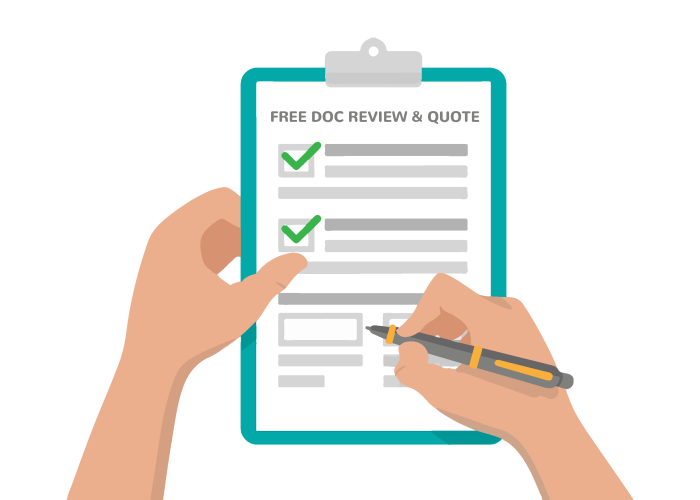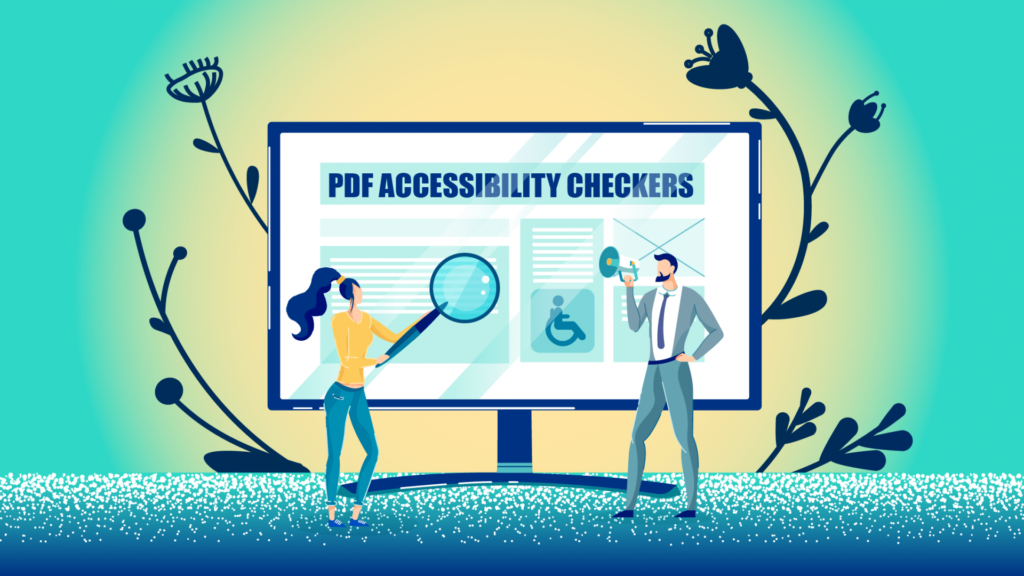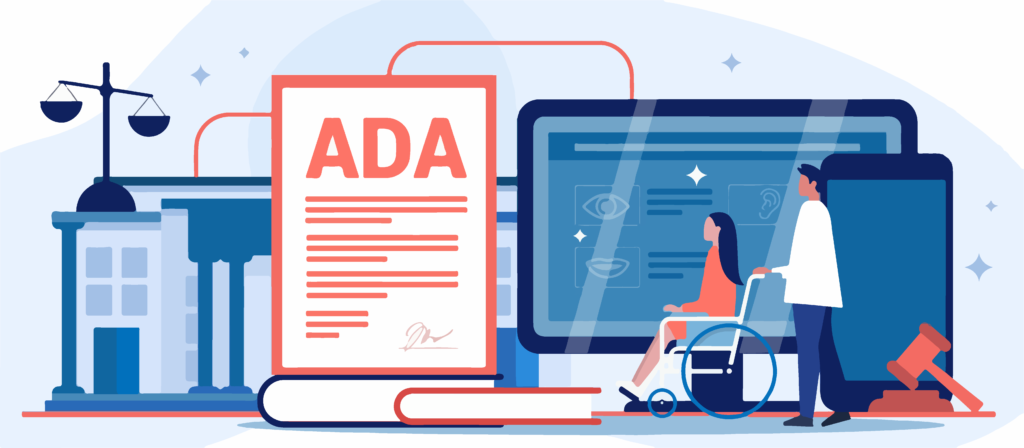PDF accessibility is vital for creating documents that everyone can easily access and understand, including individuals with disabilities who rely on assistive technologies. Several standards outline requirements for accessible PDFs. This article reviews the key standards, their similarities and differences, and how they interconnect.
PDF Accessibility Standards
Web Content Accessibility Guidelines (WCAG)
WCAG is the most widely recognized framework for digital accessibility. Developed by the World Wide Web Consortium (W3C), it defines criteria for ensuring digital content, including PDFs, is perceivable, operable, understandable, and robust (the “P.O.U.R.” principles).
WCAG versions 2.0 and 2.1 are the most commonly referenced versions, with compliance levels A, AA, and AAA indicating the stringency of accessibility measures. PDFs adhering to WCAG must include features like:
- Tagged structures for text and images.
- Alternative text (alt text) for images, charts, and infographics.
- Proper heading levels and logical reading order.
- Accessible tables with clear relationships between headers and cells.
WCAG is a global benchmark referenced by multiple laws and standards. It is detailed and applies to various digital formats, including PDFs. The DOJ recently issued a Final Rule under Title II of the Americans with Disabilities Act (ADA) mandating WCAG 2.1 AA as the standard for federal agencies.
PDF/UA (Universal Accessibility)
PDF/UA is a specialized standard created by the International Organization for Standardization (ISO). Officially known as ISO 14289, it focuses exclusively on PDF accessibility. It aims to make PDFs fully usable with assistive technologies like screen readers.
Key requirements include:
- Tagged elements to define structure.
- Document metadata, such as language settings.
- Navigation aids, like bookmarks and tables of contents.
- Consistency in labeling and accessibility for all document elements.
Section 508 of the Rehabilitation Act
Section 508 is a U.S. federal regulation mandating that all electronic information and communication technology (ICT) developed, procured, maintained, or used by federal agencies be accessible to individuals with disabilities. It directly references WCAG 2.0 Level AA as the standard for compliance.
For PDFs, Section 508 requires:
- Logical reading order and clear navigation.
- Compatibility with assistive technology like screen readers or connected Braille displays.
Accessible text and multimedia elements.
Section 508 is legally binding for federal agencies and their contractors, ensuring a robust framework for compliance.
EN 301 549
EN 301 549 is the European standard for ICT accessibility, including digital documents. It applies to both public and private organizations. It aligns closely with WCAG and PDF/UA and includes multimedia, hardware, and software requirements. For PDFs, EN 301 549 emphasizes:
- Compliance with WCAG 2.1 Level AA.
- Structured tagging and alternative descriptions.
- Accessibility for dynamic and static content.
EN 301 549 provides comprehensive guidelines for the EU and reflects global best practices.
Similarities Among PDF Accessibility Standards
Despite their differences, these standards share many common elements:
- Foundational Principles: Most standards are grounded in WCAG’s POUR principles, ensuring content is perceivable, operable, understandable, and robust.
- Tagged Document Structures: All require proper tagging of text, images, tables, and multimedia to ensure compatibility with assistive technologies.
- Alternative Descriptions: Standards mandate alt text for images and descriptions for multimedia elements.
- Logical Reading Order: A consistent and intuitive reading flow is a universal requirement.
For instance, Section 508 directly references WCAG, while PDF/UA includes criteria that overlap with WCAG’s Level AA requirements. EN 301 549 further matches these principles within European legal contexts.
Key Differences Between PDF Accessibility Standards
Scope and Specificity
- WCAG is broad, applying to all web content and formats, including PDFs. It provides a general framework that requires adaptation for PDF-specific challenges.
- PDF/UA is narrowly tailored to address the unique complexities of PDFs, such as bookmarks, metadata, and table tagging.
- Section 508 and EN 301 549 apply to PDFs but include additional ICT accessibility requirements, like software and multimedia compliance.
Legal vs. Voluntary Adoption
- Section 508 and EN 301 549 are legally binding in their respective jurisdictions, with specific penalties for non-compliance.
- WCAG and PDF/UA serve as recommended standards, though they are referenced in many legal frameworks.
Regional Variations
- Section 508 applies only to U.S. federal agencies and their contractors, while EN 301 549 serves as a European Union standard for both public and government entities.
- Global businesses often align with WCAG or PDF/UA, given their international recognition.
Choosing the Right PDF Accessibility Standard
Organizations should select the appropriate standard based on their audience, legal requirements, and geographic location:
- U.S. federal agencies and businesses with whom they contract must follow Section 508, which references WCAG 2.0.
- All European organizations need to comply with EN 301 549, which aligns with WCAG 2.1.
- Companies aiming for global compliance often adopt WCAG and PDF/UA.
Achieving Compliance Means Mastering PDF Accessibility Standards
PDF accessibility standards—WCAG, PDF/UA, Section 508, and EN 301 549—offer complementary guidelines for creating inclusive digital content. While WCAG provides a broad accessibility framework covering varying ICT, PDF/UA focuses on the unique requirements of PDFs. Section 508 and EN 301 549 enforce these standards through legal mandates in the U.S. and EU, respectively.
Understanding these standards’ similarities and differences allows organizations to ensure their PDFs are accessible to all, fulfilling both ethical and legal obligations.





